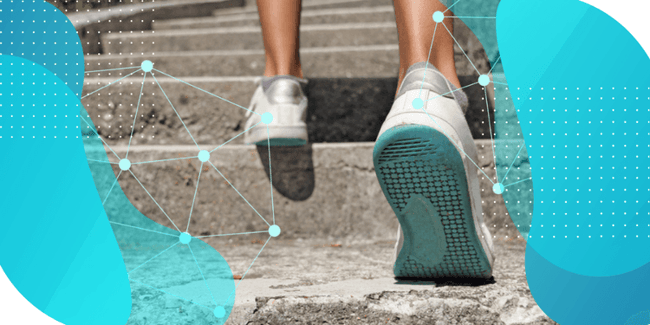Innovation: Using Smartphone Sensors for At-Home Performance Tests

The drive to collect richer insights during drug development, and to optimize protocols by enabling more remote assessment with fewer on-site activity/visits, has fuelled research into the development and validation of new digital endpoints.
By leveraging digital health technologies (DHTs), we have the possibility to measure certain concepts of interest with greater sensitivity, at greater frequency, and to measure concepts that were hard or impossible to measure before.
Modern smartphones contain a surprising number of in-built sensors, and while many were introduced for specific functions of the hardware and software (e.g., the accelerometer sensor is used to detect handset orientation so that screen orientation can be automatically optimized), all can be accessed by software applications and repurposed to derive other measures – such as step counts and other health/wellness outcome measures.

While these devices have obvious limitations in collection of sensor data over long periods – e.g., in estimating overall daily physical activity the smartphone needs to be worn or carried all day – they have particular utility in the instrumentation of short performance outcome (PerfO) tests that can be administered through a patient app. Recent studies have demonstrated the feasibility of implementing smartphone-delivered PerfO tests associated with simple active tasks performed by the patient on a regular longitudinal basis – for example 6-min walking test1, short assessments of gait, postural stability and dexterity2, and wrist range of motion3. In such cases, we might imagine the same app used to collect patient-reported outcomes might also encourage the patient to complete one or more performance tests, and guide them through correct procedure.
At Signant, we see the growing importance of leveraging sensor data in clinical trials. One area of our innovation research is how we capture and analyze sensor data from smartphones to enable collection of informative digital measures from which to derive novel endpoints. As part of this work, we have examined the utility of the smartphone barometer in the detection of stair climbing, with the aim of understanding the utility of this data in implementing a smartphone-delivered, at-home stair-climbing test.
By carefully smoothing atmospheric pressure data sampled at 10 times per second, we were able to develop an algorithm to accurately detect small height elevations in indoor conditions, associated with climbing a small number of stairs. We could adequately estimate both the height gained and the associated time interval, suggesting that this approach would have value in the instrumentation of an at-home stairclimbing test – especially if combined with accelerometer and gyroscope data.
Read more about this in the full article, published in Contemporary Clinical Trials.
View & download references
.png?width=363&height=228&name=website%20-%20blog%20(7).png)

